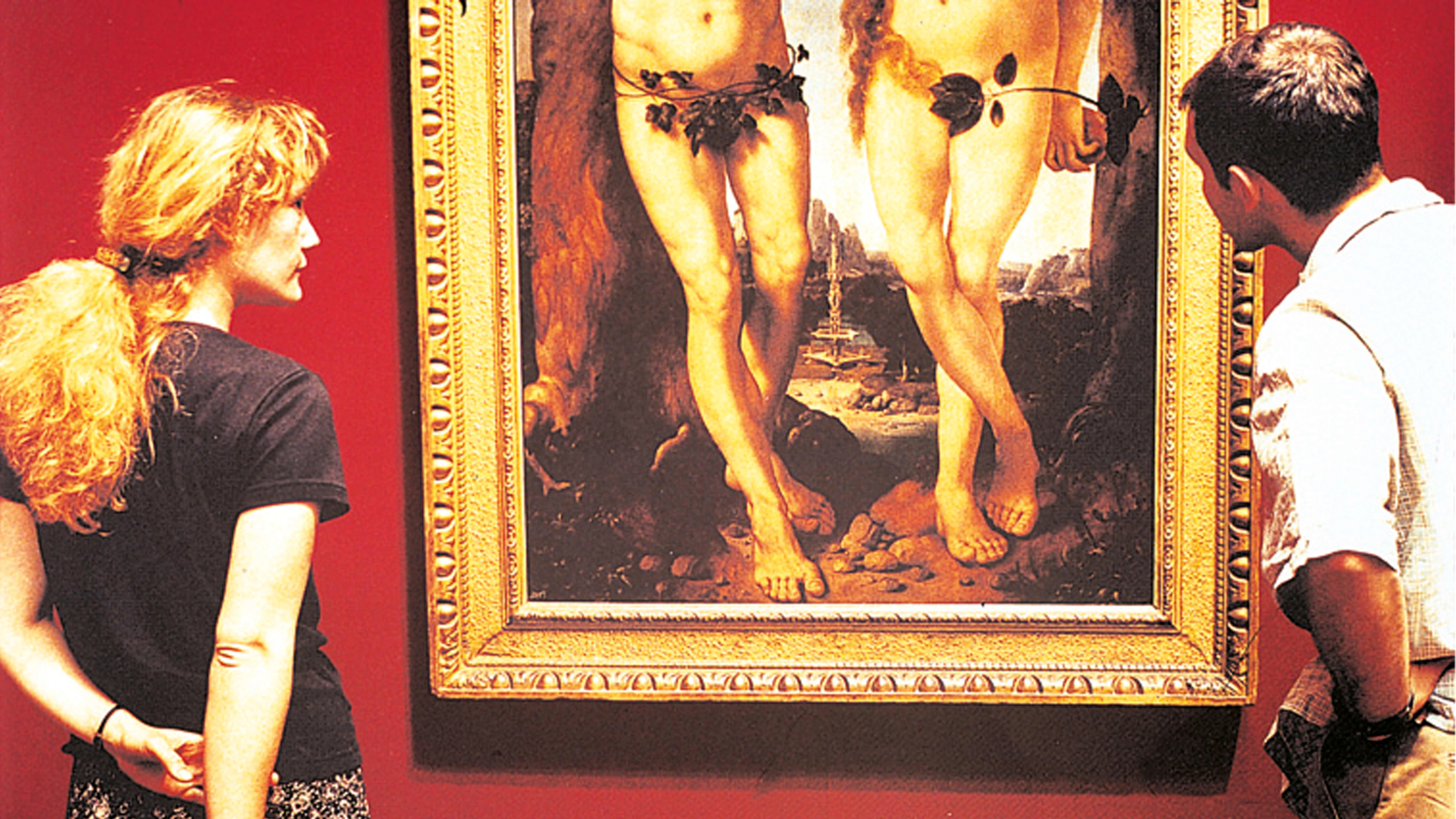
Thames & Hudson Publishers advertisement, 2001, Peter Greenaway
In the arts we find a pedagogy of the body. Through the representation of the nude it hearkens to our boundless curiosity for others, and through the filter of its gaze it encodes our own perception. When a renaissance retina depicts Adam and Eve, the slender bodies offer themselves serene to exam, and in the improved mirror of the canvass we recognize ourselves at the same time that we are moved to the aesthetic emulation of an anatomic ideal. Today, that didactic role is played by advertising: the desired body – as our own and as an erotic object – is not the one described by the raw eye of Lucian Freud, but rather the one manufactured by the spotless machinery of the advertising imagination, and the athletic sensuality of fashion models effortlessly shunts the worn out flesh of the painted bodies. Reality, however, stubbornly denies the symbolic constructions of the art directors of advertising agencies, and we find more truth in the bodies exhibited by Peter Greenaway or Óscar Bony (deviant dimensions versus classical canon, and the working class family as a subordinate social subject) than in the heroic invention of that new Eve that takes the lead of equivocal seduction and shows her difference with frontal assurance...[+]






